Experts have long warned that certain factors in today’s world, such as climate change or the high mobility of people and goods, can increase the risk of never before seen global epidemics. And as if echoing this warning, much of humanity had barely recovered from the commotion caused by Ebola when it was forced to learn the name of another virus. The Zika virus has undoubtedly been the scientific issue that most interested and concerned global public opinion during 2016. We review this and other science stories of the year that is ending.
1. Zika, the new threat
The year had hardly begun when the World Health Organization (WHO) warned of a hitherto almost unknown virus, Zika. Although the pathogen was isolated for the first time in 1947, its alleged benignity kept it from being a focus of interest, even when the outbreak in Brazil in 2015 began to spread. Then scientists began to suspect that the increase in the number of cases of Brazilian babies born with microcephaly, a serious cerebral malformation, was probably due to this disease transmitted by the mosquito Aedes aegypti. As the epidemic spread to other countries and the WHO declared an International Emergency, scientists confirmed the link between Zika and microcephaly. Although the WHO declared the end of the emergency on November 18, it recommends maintaining a high level of surveillance for what it considers “a significant and lasting public health challenge.” The virus has not disappeared, and vaccines are still years away.
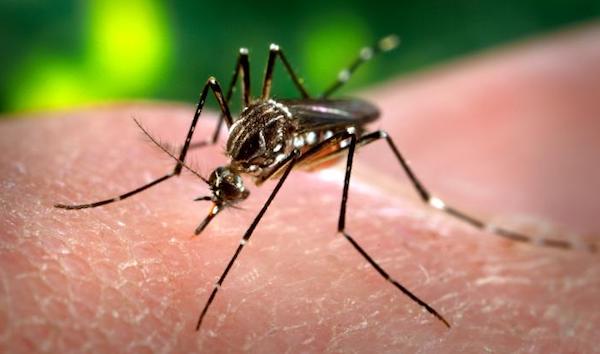
2. A jolt in space-time
It was the biggest scientific discovery of 2016, and one of those findings that smell like a future Nobel Prize. On February 11, LIGO researchers in the United States announced and published the detection of gravitational waves for the first time in history, a ripple in the fabric of space-time produced by the cataclysmic fusion of two black holes 1.3 billion years ago. The possibility of capturing these wrinkles in the cosmic rug, as predicted by Albert Einstein a hundred years ago, inaugurates a whole new way of studying the universe that has already begun to bear fruit: on June 15 the detection of a second gravitational wave was announced, created by the collision of another pair of black holes.
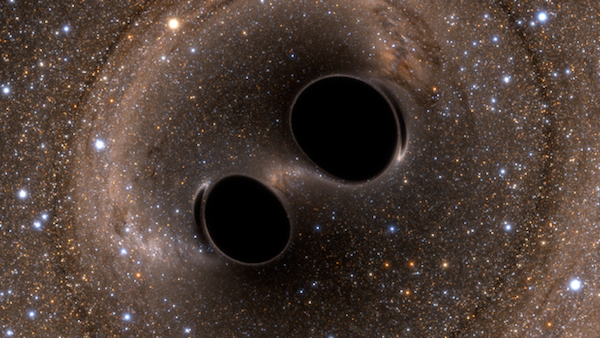
3. E.T., closer than ever
With more than 3,500 worlds already confirmed outside our Solar System, the discovery of new exoplanets no longer provokes the enthusiasm it did at the end of the last century when the first were confirmed. Today they are being discovered in bulk: in May of this year, in a single announcement, NASA’s Kepler Space Telescope officials verified the existence of 1,284 new extrasolar planets. But none of them has raised as many expectations as Proxima Centauri b. In August, an international collaboration of scientists described in the journal Nature the closest habitable exoplanet to Earth ever found. A little more than 4 light-years away, with a somewhat larger mass than that of the Earth and located in the temperate zone of its star, the possibility of it containing liquid water has revived speculation about alien life. It is still unknown if it could harbour oceans and an atmosphere.

4. The minimum life
Scientist and entrepreneur J. Craig Venter wants to go down in history as the first human capable of creating synthetic life. And although for many experts this concept cannot be strictly applied to Venter’s achievements, he can be said to have created the closest thing to date: a bacterium animated by a synthetic genome, the smallest in an organism capable of replicating autonomously. Based on his previous work, Venter and his collaborators have reduced the genetic endowment essential for the life of this cell to only 473 genes in 531,000 base pairs, the “letters” of DNA. Once this genome was made, it was transplanted into an empty bacterium, making it come back to life. The organism thus created, called JCV-syn3.0, was published in March in the journal Science. Venter continues to try to reduce this genome in which there are probably still dispensable genes: 149 of the 473 are of unknown function.
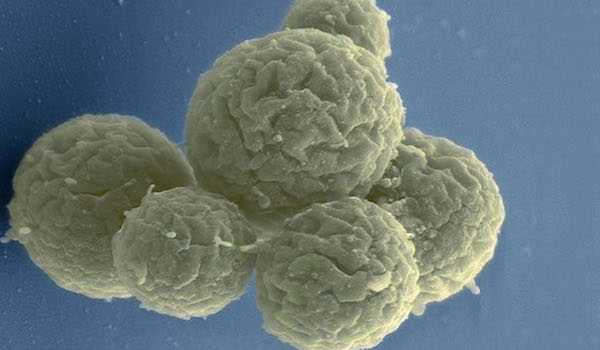
5. The new 9th Planet
Astronomer Mike Brown is known as “the man who killed Pluto,” something he proudly displays even on his Twitter account, @plutokiller. It was his discovery in 2005 of the dwarf planet Eris–dwarf, but larger than Pluto—which led to the downgrading of the former ninth planet. In January 2016, Brown made up for this murder with the birth of another possible planet: in a study published with his colleague Konstantin Batygin, he provided simulation models that supported the existence of a large object beyond Neptune, similar in size to the gas giant and ten times the mass of the Earth. Planet Nine, also called Planet X, would explain the aberrant orbits of several trans-Neptunian objects, including some discovered this year as well and which have lent more credit to the hypothesis. Its direct detection, if the planet exists, will be complex, but the race among astronomers to be the first to detect it is already under way.
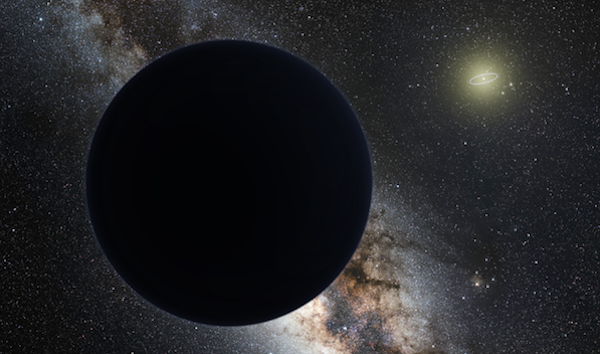
6. The lies of sugar and the mistakes of fat
The scientific scandal of the year broke in September, when research published in the journal JAMA Internal Medicine found that for years the sugar industry deliberately concealed the impact of its product on cardiovascular risk, blaming it instead on saturated fats and cholesterol. Along with the revelation of this conspiracy, recent studies have questioned the classic dogma that links fat and coronary disease, all of which has sparked a heated debate among experts. For the time being, the official US nutritional guidelines have removed the dietary cholesterol limit, while another study published in November concluded that eating one egg a day reduces the risk of stroke without increasing that of heart attacks. The controversy is sure to continue.

7. Dad, Mom and co-mom
The United Kingdom has become the first country in the world to legalize the creation of the so-called embryos of three parents. This December, the country’s Human Fertilization and Embryology Authority (HFEA) has authorized “cautious use” in certain cases of the donation of mitochondria, organelles that act as energy generators of the cell and have their own DNA external to the cell nucleus. When the mother has defective mitochondrial DNA that could transmit a serious congenital disease to her baby, the substitution of these maternal genes for those of another healthy woman avoids the risk. In practice, the procedure is to extract the nucleus from the mother’s egg with the altered mitochondria and inject it into a healthy donor whose nuclear DNA has previously been removed. Although the technique has already been used in other countries taking advantage of the lack of regulation, in 2017 the first British babies will be born of three parents with legal protection.
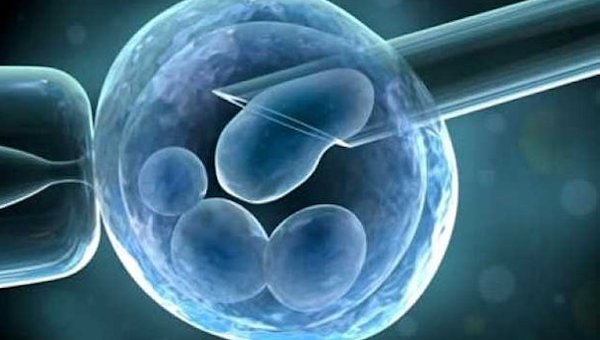
8. The antibody that eats Alzheimer’s
Any promising breakthrough against Alzheimer’s is greeted with big headlines, such as those that on September 1 predicted a revolution in the treatment of this neurodegenerative scourge. According to a study published that day in the journal Nature, 165 patients in the early stages of Alzheimer’s had seen a reduction in their beta-amyloid brain plaques, abnormal deposits of protein that are responsible for the disease. The miracle was the work of aducanumab, an antibody developed by the company Biogen that binds to amyloid plaques and assists in their removal. However, experts recommend caution. In fact, some scientists believe that beta-amyloid may not actually be the cause of Alzheimer’s, but rather a result or collateral damage. The Phase 1b clinical trial published in Nature suggested certain cognitive improvements in patients, but the conclusions should await the results of Phase 3, currently under implementation.
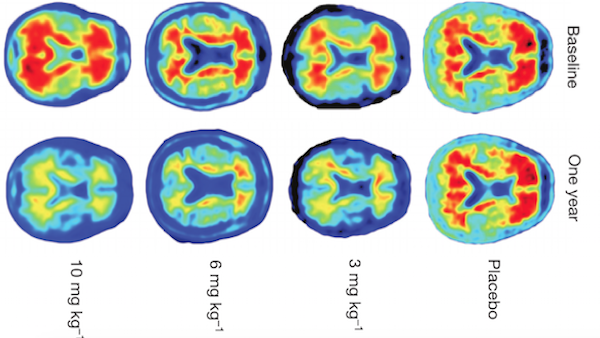
9. Private space
Private companies have entered with creative drive and new ideas into the realm of space, formerly the exclusive terrain of states and their national agencies. On April 8, the company SpaceX, created by PayPal founder Elon Musk, achieved a historic milestone: safely recovering the first phase of its Falcon 9 rocket during an orbital mission, landing it on a mobile platform, a barge on the ocean, a feat it had already done successfully on land. Blue Origin, founded by Amazon creator Jeff Bezos, has also recovered its rockets, in this case from suborbital flights. But Musk is not settling for this: his self-declared mission in life is “to make humans a multiplanetary species.” In September, he presented his more than audacious project of the Interplanetary Transport System, a 100-person ship with which he plans to found a colony on Mars in the next decade. Others aim much further: the Starshot project, funded by Russian entrepreneur Yuri Milner in his Breakthrough Initiatives program and presented in April together with physicist Stephen Hawking, aims to send a flotilla of tiny space sailboats to Alpha Centauri, the nearest star system.
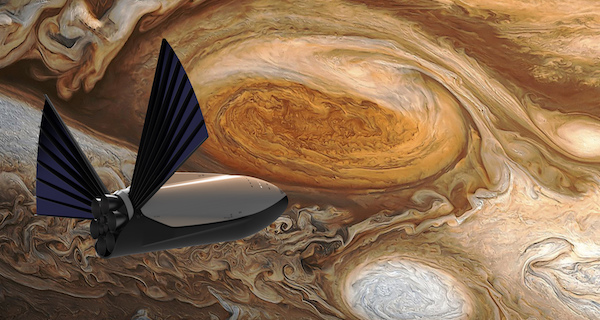
10. Europe and Russia crash on Mars
It has not been possible to break the curse. The first stage of the ExoMars project, the great Martian exploration program of the European Space Agency (ESA) and Russia, has been completed with smiles and tears. Its orbital phase, the Trace Gas Orbiter (TGO), was successfully placed into orbit around Mars to study the rare gases in its atmosphere, especially methane, a possible sign of life. But the Schiaparelli module, which was supposed to land on the red planet, instead crashed into the surface on Oct. 19 because of a software bug that has not yet been clarified. The disaster has broken the hope of Europe and Russia to end US hegemony on Martian soil, but above all it has failed to demonstrate the landing technology that in 2020 will try to put an autonomous vehicle or rover on the neighbouring planet. Nevertheless, ExoMars scientists and engineers are confident that mistakes are being learned so as not to repeat them and they are moving on. This December, the ESA Ministerial Council approved the funding of the second phase of the program.
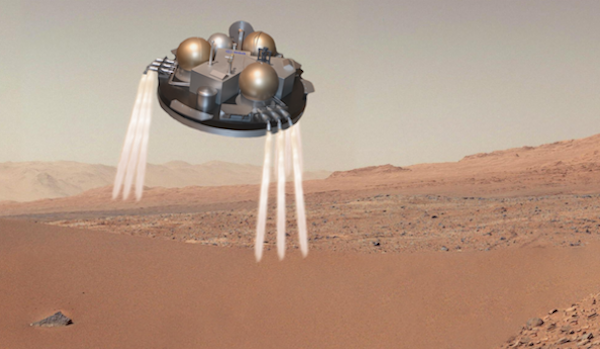
Comments on this publication